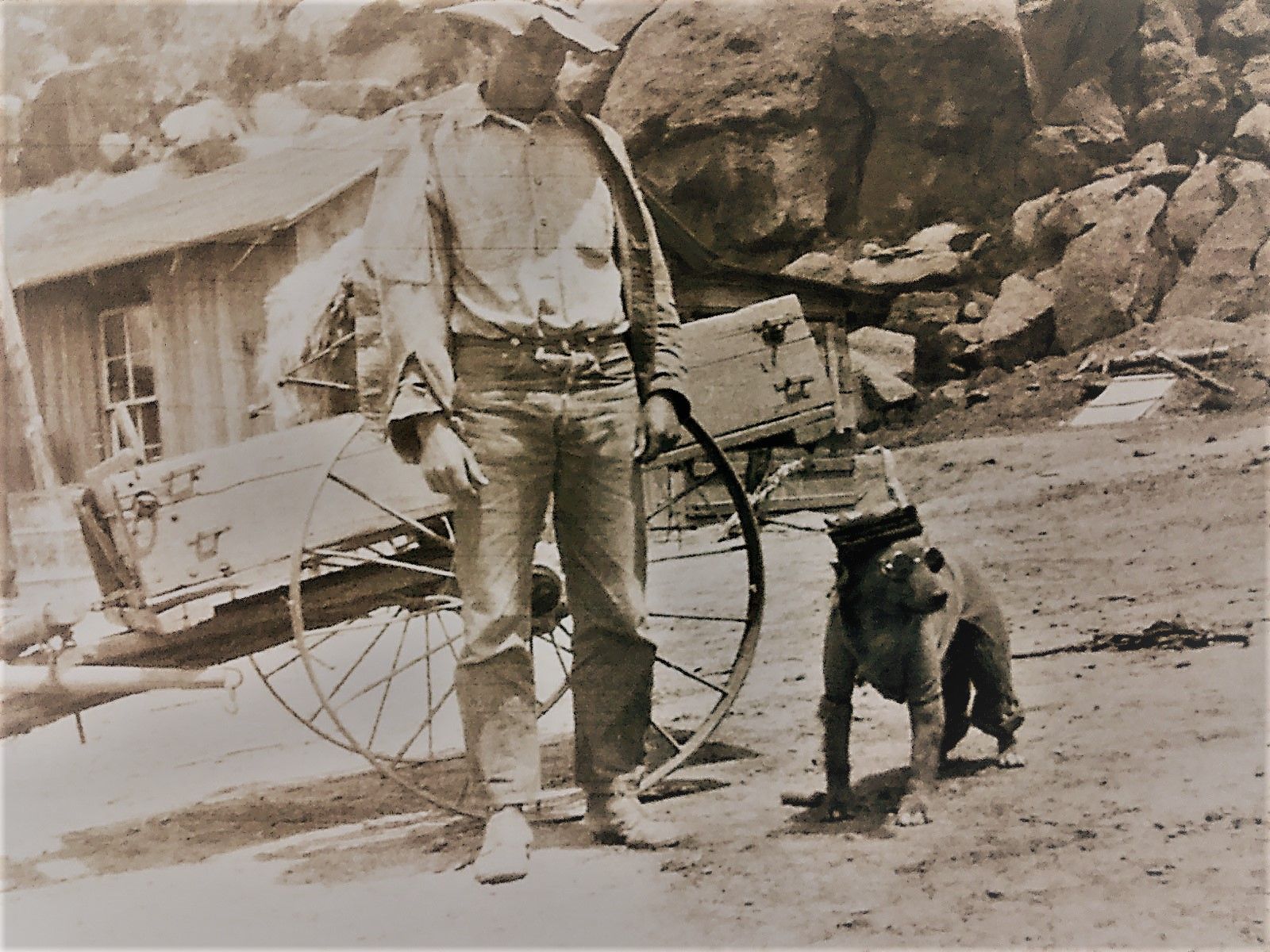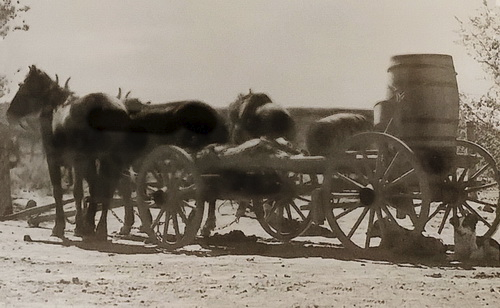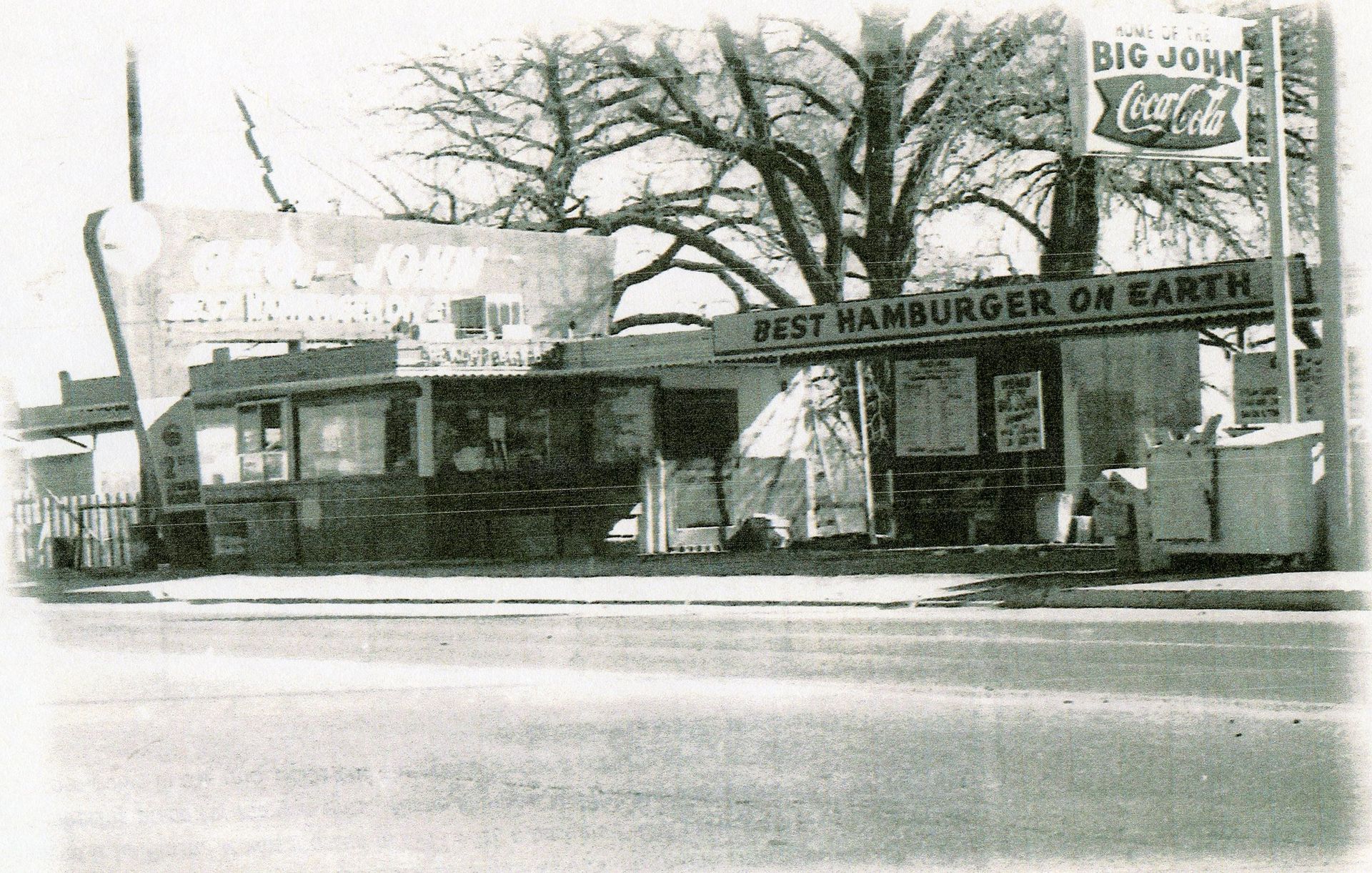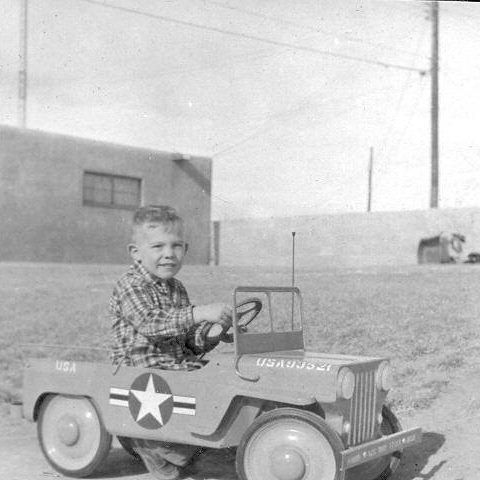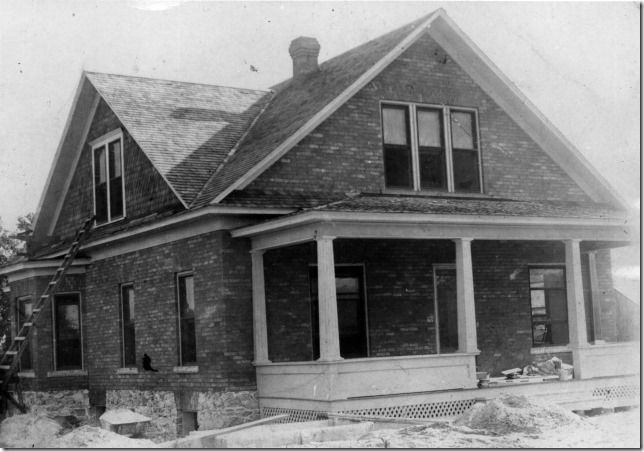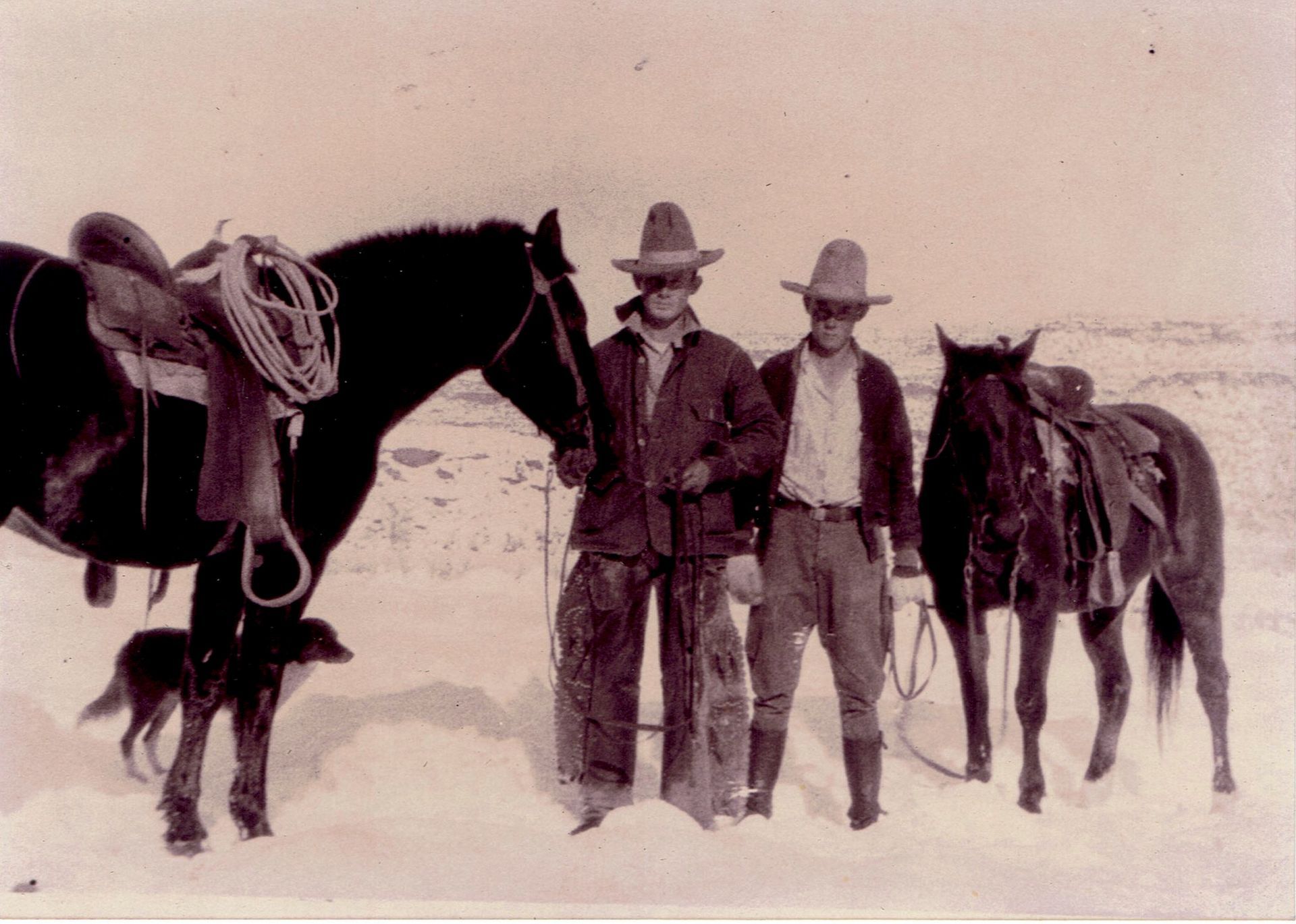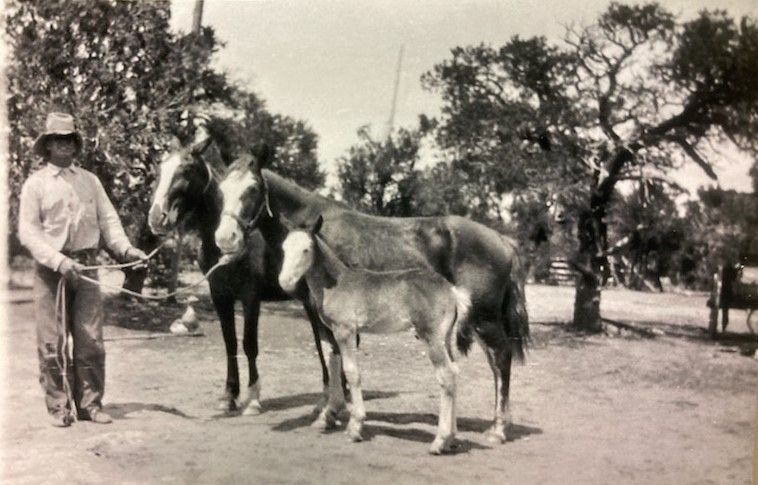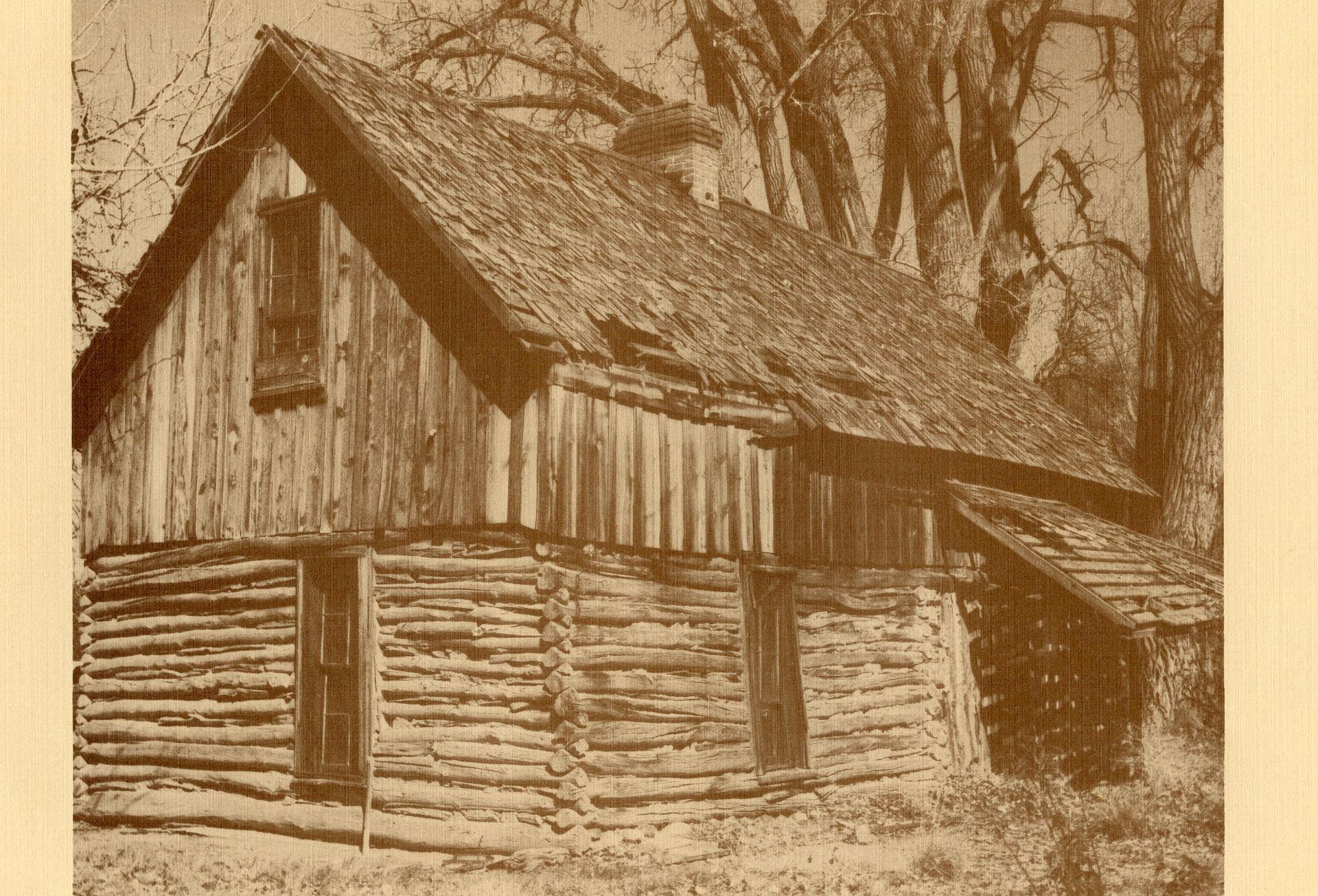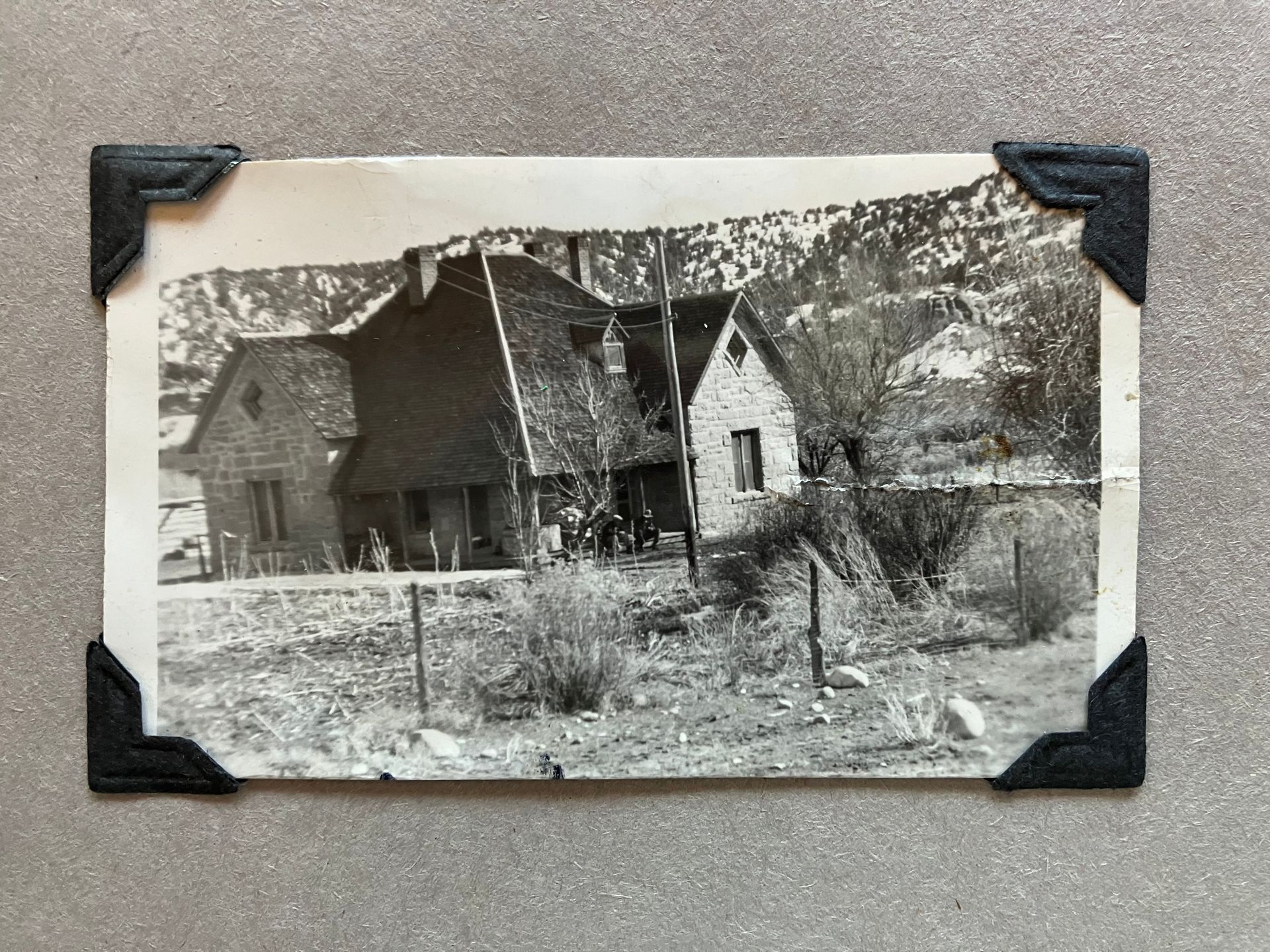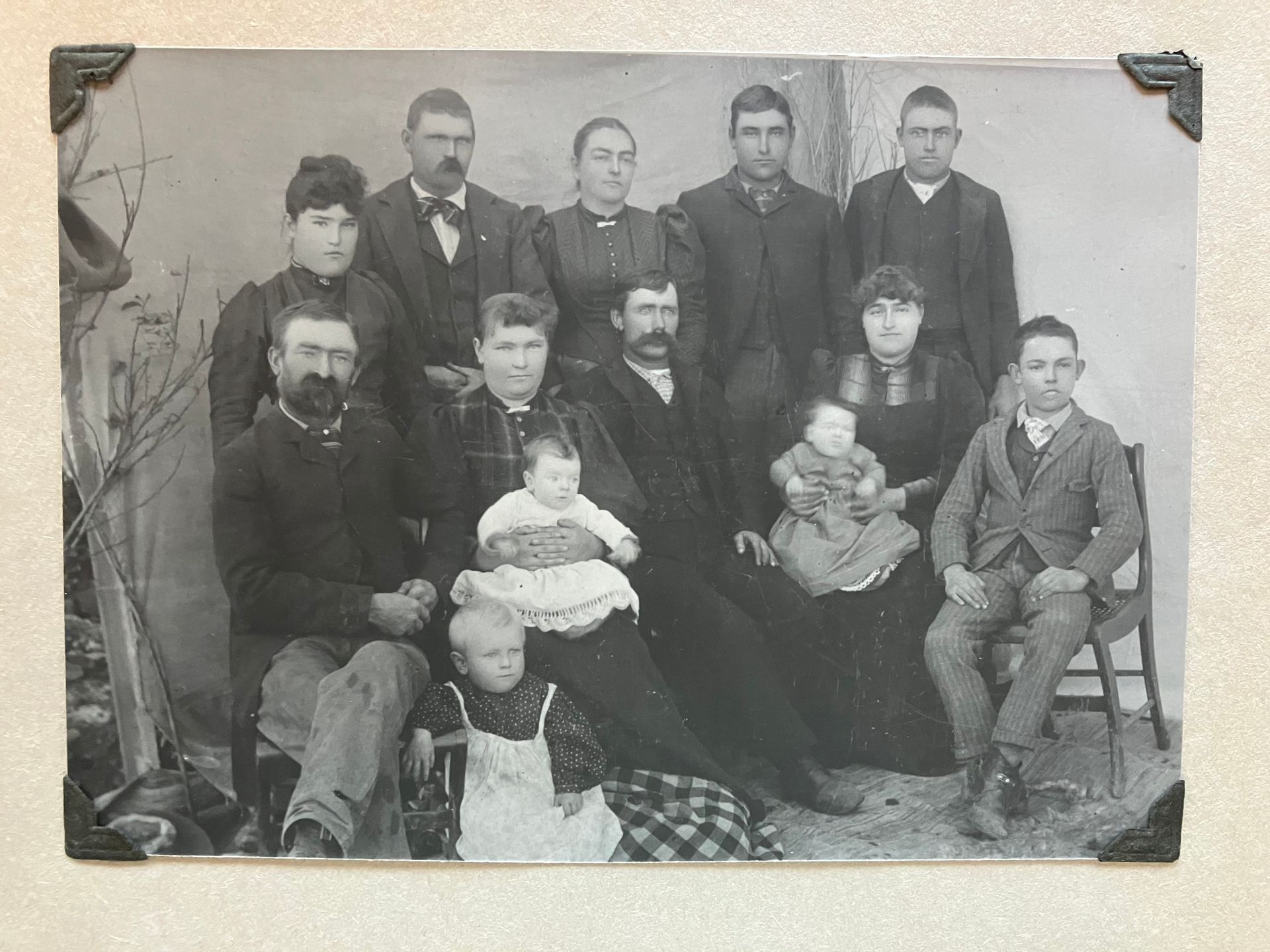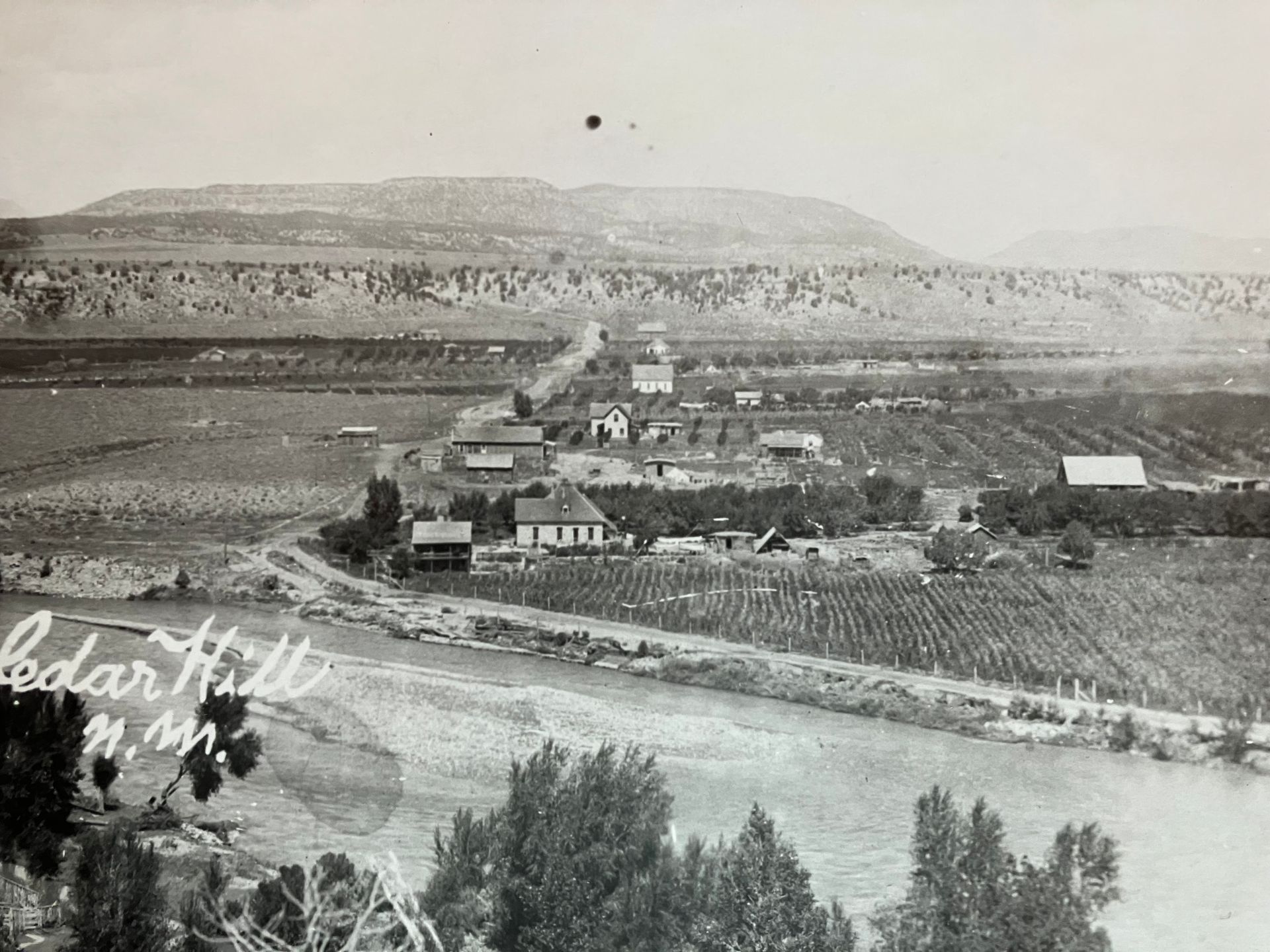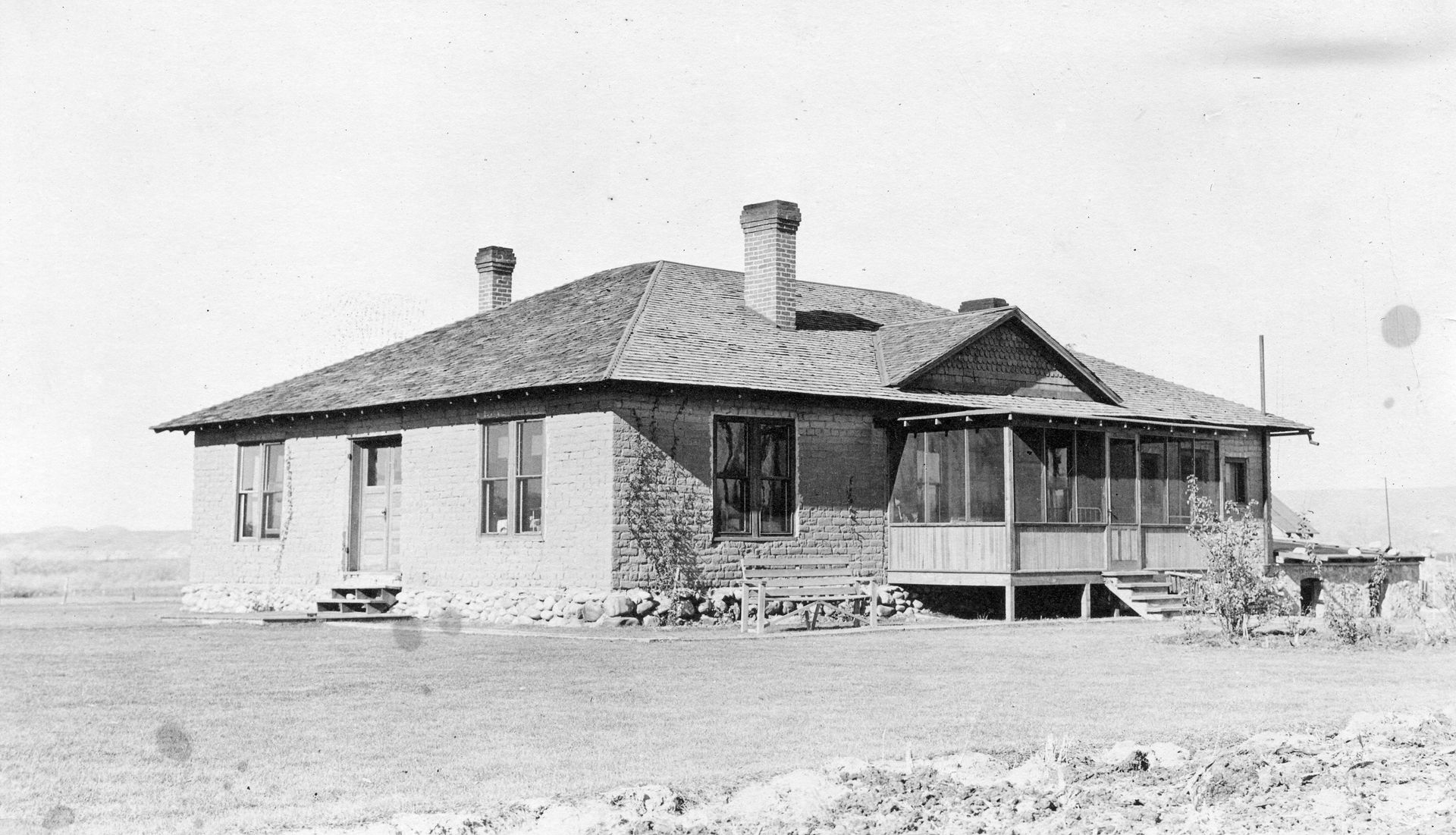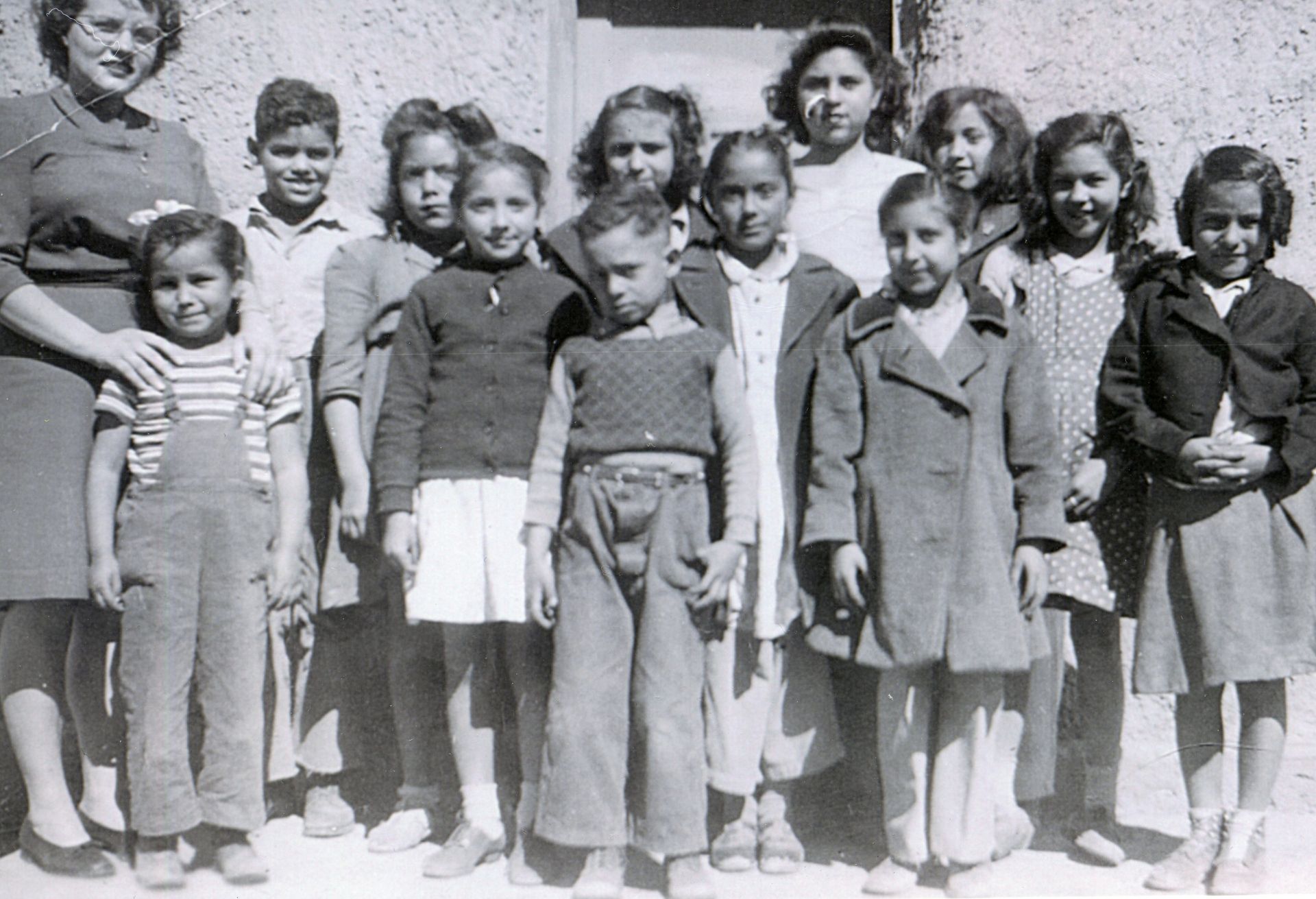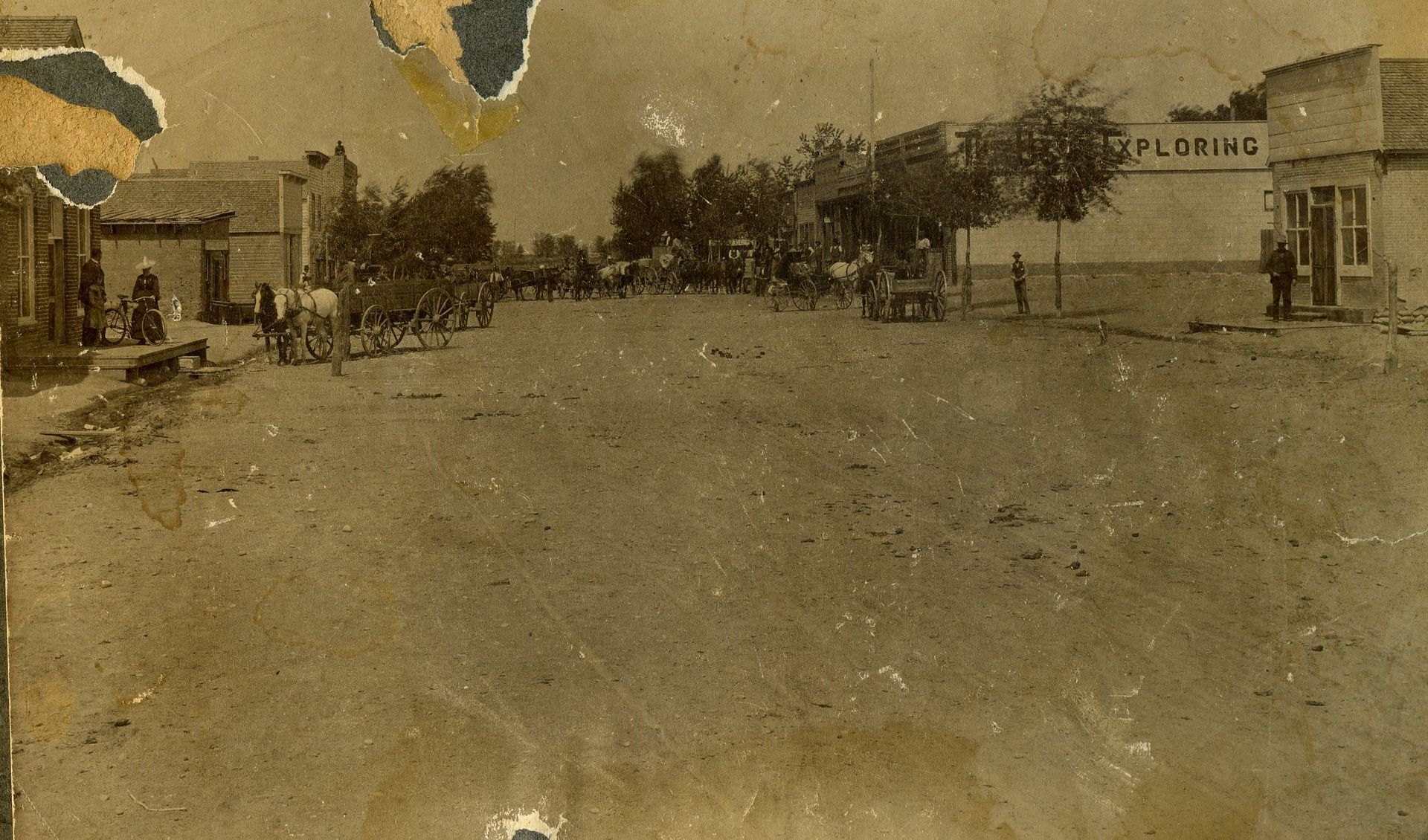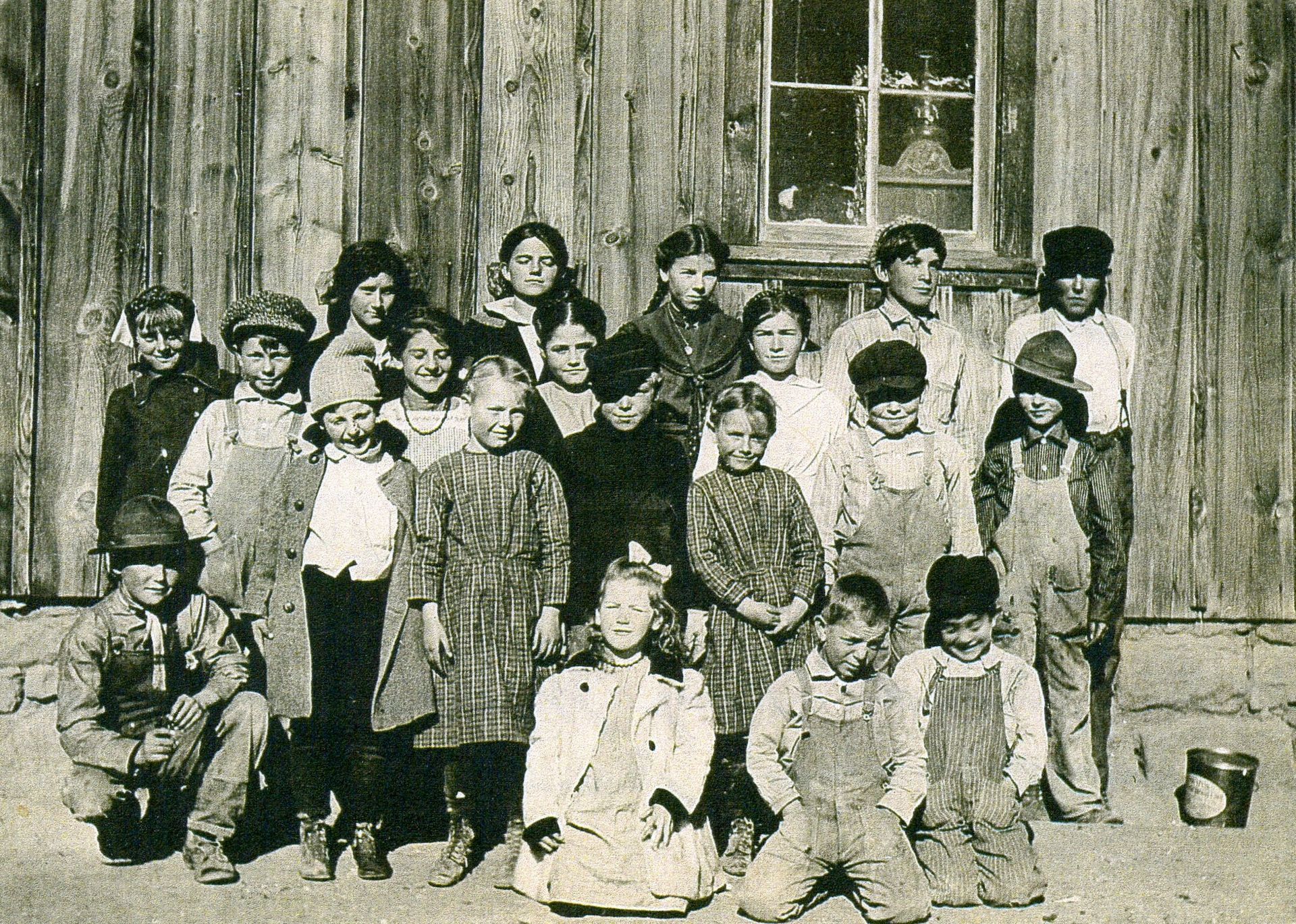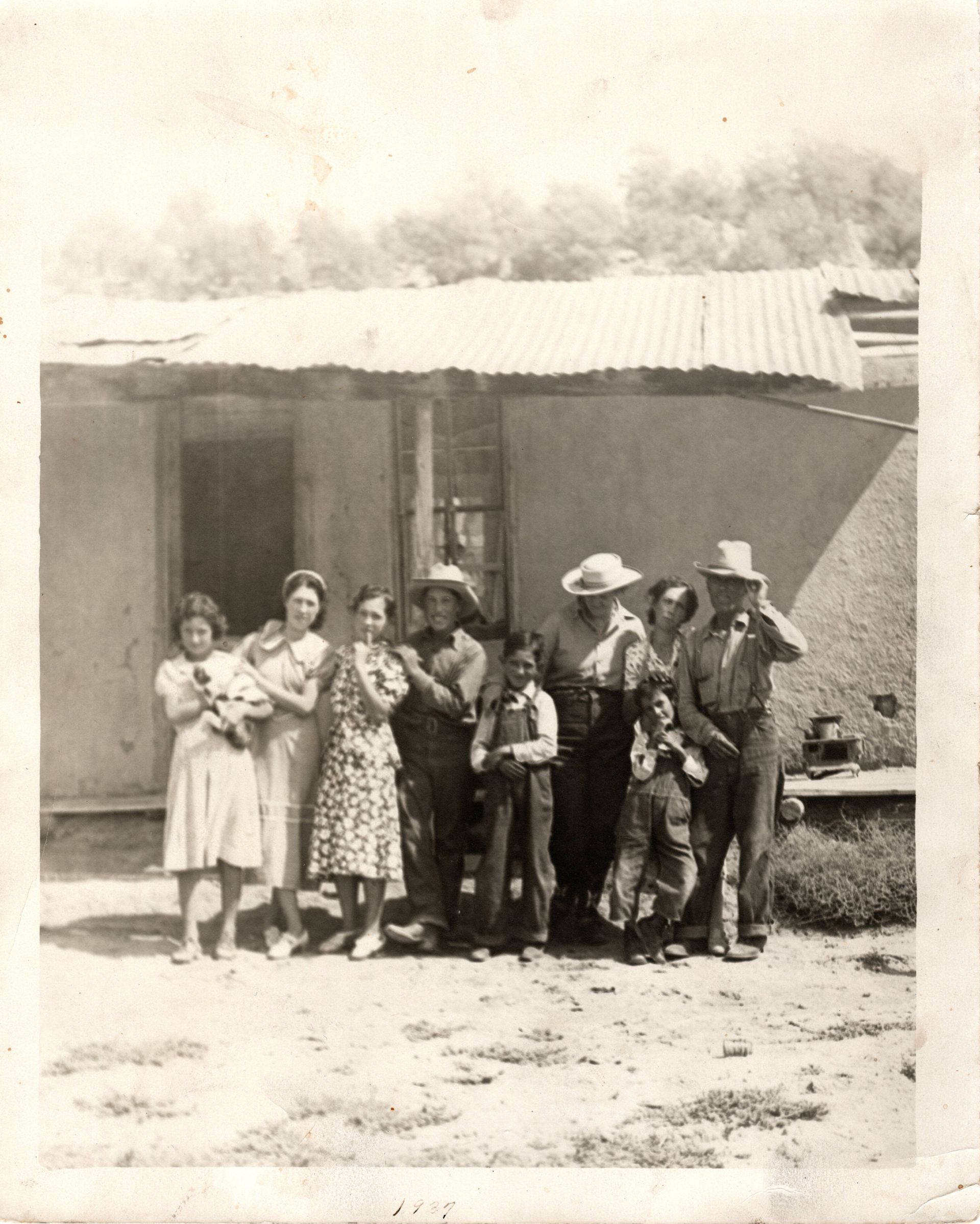ARTICLES
Discover the Rich History
Explore the rich history of San Juan County through captivating photographs.
The Historic Event
Over the past decades, the Society has recognized contributions made by individual county citizens and awarded an historic landmark designation to sites that have played a significant role in our history, These sites include: Our Lady of Guadalupe Chapel at Navajo Dam, the Little Red Schoolhouse in La Plata, the Farmington Hydro-electric Power Plant operational in 1930, San Juan County's first natural gas well site in Aztec, and the Cedar Hill Schoolhouse.
Explore
Key Moments in the Event's Timeline
Lady of Guadalupe Chapel at Navajo Dam
- The chapel stands just below the dam, on land that once hosted the vibrant Hispanic ranchito village of Los Martínez, one of four small communities (also including Los Arboles, Rosa, and Los Pinos) that were inundated when Navajo Lake was created in the early 1960s
- It is the sole surviving structure from Los Martínez, a poignant reminder of the people who lived and thrived in the canyon before the reservoir’s waters rose .
The Little Red Schoolhouse in La Plata
- Known also as the Canyon Creek Schoolhouse, this one-room school was constructed around 1907 to serve the local ranching and frontier settlement community
- It played a crucial role as an academic and cultural center, enabling children in remote areas to attend school from grades 1–8.
- One historic plaque describes it as “representative of the type of small school used in mining camps and frontier settlements in the late 1800s” .
Farmington Hydro-electric Power Plant
- Commissioned in September 1988, built by FEUS with CDK Contractors and refurbished equipment sourced from the federal government
- The dam itself was constructed in the 1960s by the U.S. Bureau of Reclamation and began generating hydro power in the 1980s
San Juan County's first natural gas well site in Aztec
- First Commercial Strike:
The Aztec Oil Syndicate drilled the State No. 1 well on October 21, 1921, about one mile south of Aztec, New Mexico. It tapped into the Farmington Sandstone at a depth of around 1,000 ft, producing an impressive 3–10 million cubic feet of gas per day
- Historic Boom:
The initial blowout was so loud it could be heard up to 10 miles away. Within weeks, gas was piped two miles to Aztec and used for stoves and lighting—marking the first commercial natural gas service in New Mexico
Cedar Hill Schoolhouse
- Established in 1907 on land donated by George and Lula Tinker, the school served the Cedar Hill community—a settlement originally known as Cox’s Crossing before adopting its present name via a local Literary Society name-drawing exercise
- The Tinkers chose the spot, and the school's construction marked an important step in serving families who lived along the Animas River.
San Juan Historical Society
Testimonials
Hear what our visitors have to say about us
Frequently Asked Questions
Find answers to common questions about the San Juan Historical Society and how you can contribute to preserving local history.
What is the society's mission?
The mission of the San Juan County Historical Society is to collect and preserve historical documents pertaining to San Juan County; preserve these documents for future generations and create a computerized database from these documents for legitmate research and scholarly endeavors.
How can I contribute?
Join as a Member, Donate or Volunteer
Where can I find more information?
You can find more info by simply selecting About Us on the menu bar.
Can I volunteer?
Fill out our interest form or contact us by phone or email. We’ll follow up to schedule a brief orientation.
How can I donate?
You can Donate by Contacting Us by phone at 505.334.7136 or emailing us at sjchistoricalnm@centurylink.net
Get in Touch
Have a question or want to share more information?
Delve into the region’s vibrant history through detailed narratives, rare images, and meaningful moments that define New Mexico’s northwestern corner.


